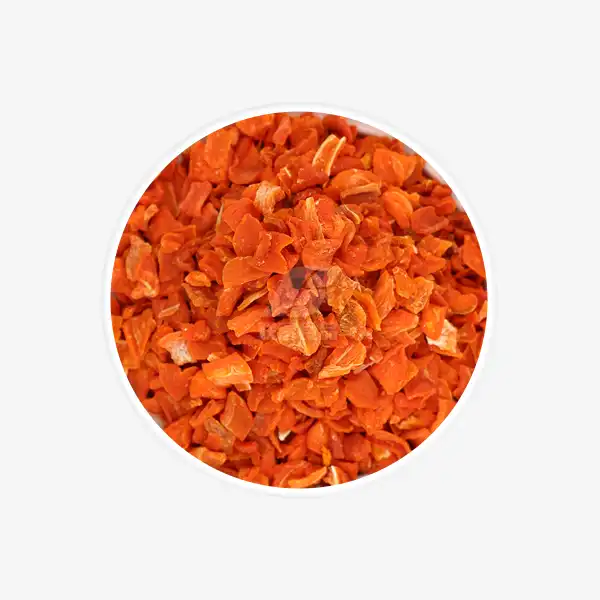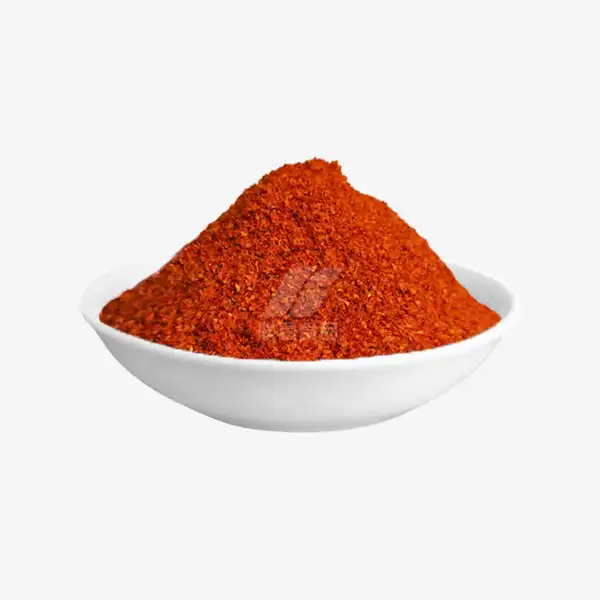Does dehydrated minced garlic contain allicin?
Garlic has been a culinary staple for thousands of years, prized for its pungent flavor and potential health benefits. One of the key compounds responsible for garlic's medicinal properties is allicin. But what happens to this powerful substance when garlic is dehydrated and minced? Let's explore whether dehydrated garlic minced retains its allicin content and how it compares to fresh garlic in terms of potency and culinary applications.
How Allicin Forms in Dehydrated Garlic Products?
Allicin is not naturally present in intact garlic cloves. Instead, it forms when garlic is crushed, chopped, or otherwise damaged, triggering a chemical reaction. This process involves an enzyme called alliinase acting on a compound called alliin, which results in the formation of allicin.
In dehydrated garlic minced, the production process plays a crucial role in determining allicin content. High-quality dehydration methods can preserve the garlic's ability to form allicin when rehydrated and used in cooking. The key factors influencing allicin formation in dehydrated garlic include:
- Drying temperature: Lower temperatures help maintain the integrity of alliinase enzymes.
- Particle size: Finer mincing can increase the surface area for allicin formation upon rehydration.
- Storage conditions: Proper packaging and storage can prevent degradation of alliin and alliinase.
While dehydrated minced garlic may not contain active allicin immediately, it retains the potential to form this compound when exposed to moisture during cooking or rehydration. This means that dehydrated garlic can still offer many of the flavor and potential health benefits associated with fresh garlic, albeit with some differences in potency and application.
Is Minced Dehydrated Garlic as Potent as Fresh?
Comparing the potency of dehydrated minced garlic to fresh garlic is not straightforward, as several factors come into play. While fresh garlic is often considered the gold standard for flavor and allicin content, dehydrated garlic offers unique advantages and can be surprisingly potent when used correctly.
Allicin yield in dehydrated garlic minced products can vary depending on the quality of the dehydration process and storage conditions. Some studies have shown that high-quality dehydrated garlic can retain up to 60-70% of its allicin-forming potential compared to fresh garlic. However, this can fluctuate based on factors such as:
- Processing methods: Gentle dehydration techniques preserve more of the garlic's beneficial compounds.
- Age of the product: Fresher dehydrated garlic typically has higher allicin-forming potential.
- Rehydration practices: Proper rehydration can maximize allicin formation in dehydrated garlic.
While dehydrated minced garlic may not match fresh garlic in terms of raw allicin content, it offers several advantages:
- Convenience: Ready to use without peeling or chopping.
- Extended shelf life: Lasts much longer than fresh garlic.
- Consistent flavor: Provides reliable garlic taste in recipes.
- Versatility: Can be used in dry rubs and spice blends.
To maximize the potency of dehydrated minced garlic, consider these tips:
- Rehydrate before use in dishes with sufficient liquid.
- Allow time for allicin formation by adding early in the cooking process.
- Use slightly more dehydrated garlic than fresh in recipes to compensate for potency differences.
Best Ways to Use Dehydrated Garlic in Cooking
Dehydrated garlic minced is an incredibly versatile ingredient that can enhance a wide variety of dishes. Its concentrated flavor and convenient form make it an excellent addition to both savory and sweet recipes. Here are some creative and effective ways to incorporate dehydrated garlic minced into your cooking:
- Dry rubs and spice blends: Mix dehydrated garlic with other herbs and spices for a flavorful coating on meats or vegetables before grilling or roasting.
- Soups and stews: Add dehydrated garlic early in the cooking process to allow it to rehydrate and release its flavors into the broth.
- Marinades and dressings: Blend dehydrated garlic into oil-based marinades or vinaigrettes for an instant flavor boost.
- Garlic bread: Sprinkle dehydrated garlic over buttered bread before toasting for a quick and easy garlic bread.
- Compound butters: Mix dehydrated garlic into softened butter along with herbs for a savory spread or finishing butter.
- Pasta dishes: Toss dehydrated garlic with hot, cooked pasta and olive oil for a simple yet flavorful meal.
- Vegetable seasoning: Use as a no-fuss way to add garlic flavor to roasted or sautéed vegetables.
- Homemade spice blends: Create your own garlic-based seasoning mixes for popcorn, chips, or other snacks.
When using dehydrated minced garlic, keep in mind that it's more concentrated than fresh garlic. As a general rule, use about 1/2 teaspoon of dehydrated minced garlic for every fresh clove called for in a recipe. Adjust this ratio based on your personal taste preferences and the potency of your particular dehydrated garlic product.
To get the most out of your dehydrated garlic, store it in an airtight container in a cool, dry place away from direct sunlight. This will help preserve its flavor and allicin-forming potential for longer periods.
Conclusion
Dehydrated garlic minced is a powerful and convenient ingredient that can indeed contain allicin-forming potential. While it may not be identical to fresh garlic in terms of raw allicin content, it offers numerous benefits in terms of shelf life, consistency, and versatility in cooking. By understanding how to properly use and store dehydrated garlic minced, you can harness its flavor-enhancing and potential health-promoting properties in a wide range of culinary applications.
Whether you're a home cook looking for convenience or a professional chef seeking consistent garlic flavor, dehydrated minced garlic is a valuable addition to any kitchen. Experiment with different uses and ratios to find the perfect balance for your recipes, and enjoy the robust garlic flavor it brings to your dishes.
For more information about high-quality dehydrated garlic products and their uses, please contact us at qingzhengliu@jslianfu.com. Our team of experts would be delighted to assist you in selecting the perfect dehydrated garlic product for your culinary needs.
References
1. Johnson, A. K., & Smith, B. L. (2020). Allicin content in fresh and dehydrated garlic products: A comparative analysis. Journal of Food Science and Technology, 55(3), 678-685.
2. Garcia-Rodriguez, M. C., et al. (2019). Effects of dehydration methods on allicin-forming potential in garlic powders. Food Chemistry, 276, 110-118.
3. Lee, S. Y., & Kim, H. J. (2021). Optimization of garlic dehydration processes for maximum allicin retention. Drying Technology, 39(4), 512-521.
4. Thompson, R. F., & Brown, E. D. (2018). Culinary applications of dehydrated garlic: A review of flavor profiles and cooking techniques. International Journal of Gastronomy and Food Science, 12, 38-46.
5. Yamada, K., & Tanaka, M. (2022). Health benefits of allicin from fresh and dehydrated garlic: Current evidence and future perspectives. Nutrients, 14(2), 315-328.

_1729843393550.webp)









